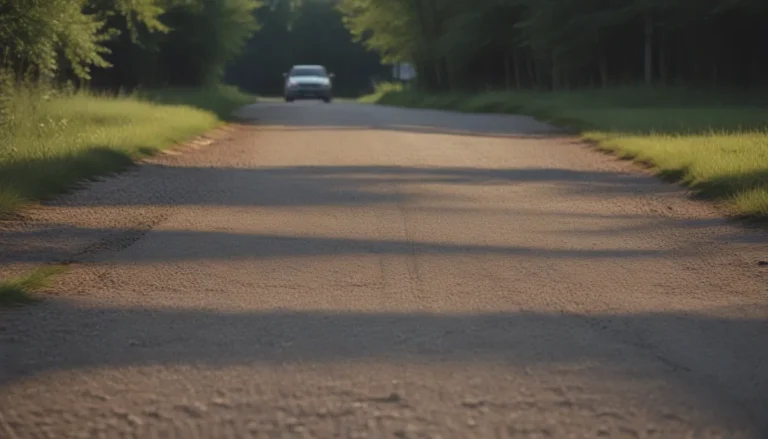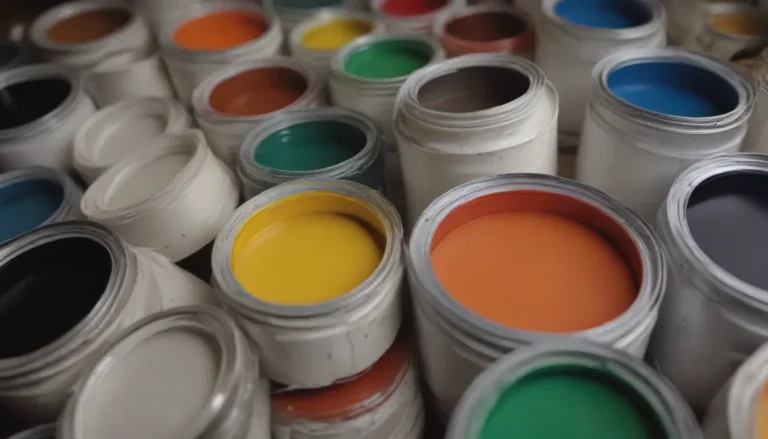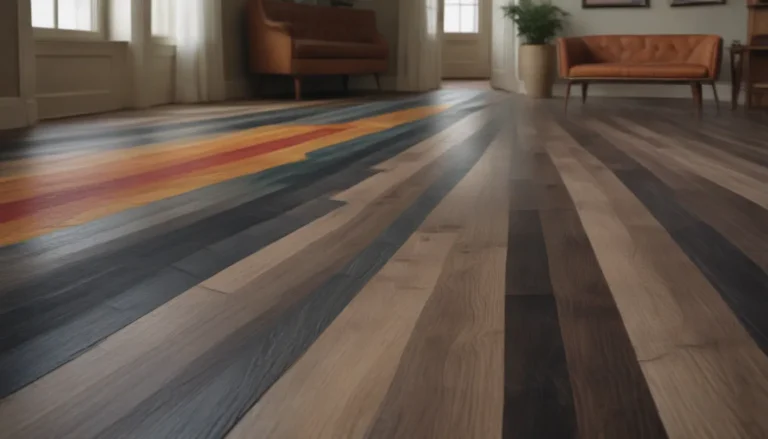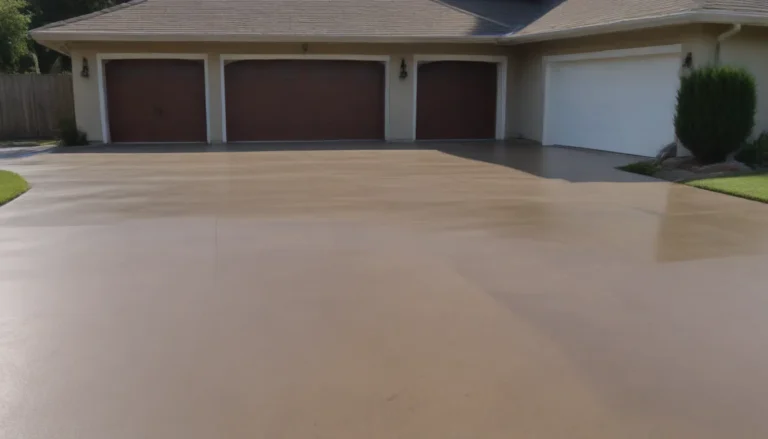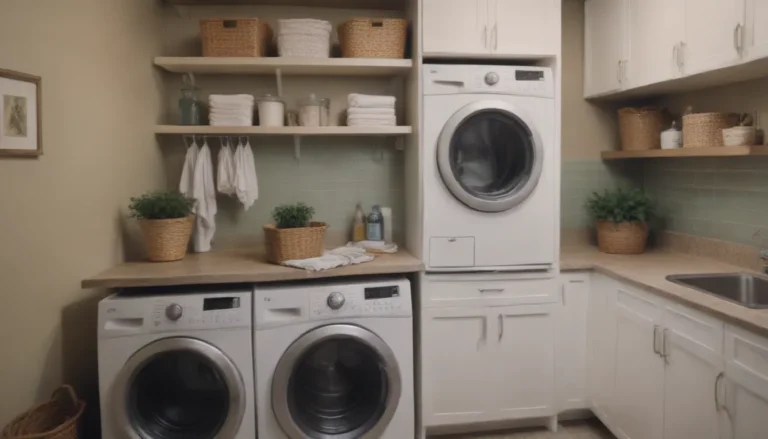The Ultimate Guide to the Cost of Painting a Room

Are you looking to give your space a fresh new look without breaking the bank? Painting a room is a cost-effective and simple way to transform any space. In this comprehensive guide, we will explore everything you need to know about the cost of painting a room. Whether you decide to tackle the project yourself or hire a professional, we have you covered with all the essential information.
The Cost of Painting a Room by Yourself
If you’re considering taking on the task of painting a room yourself, it’s essential to understand the costs involved. On average, the supplies alone will cost you around $415. Here’s a breakdown of the cost based on the size of the room:
- Small room (240 square feet): $235
- Medium room (480 square feet): $390
- Large room (880 square feet): $610
Additionally, if you need to purchase painting equipment, you can expect to spend about $350. This brings the total cost of painting a room by yourself to approximately $760. Keep in mind that the square footage of the room will also impact the overall cost.
The Cost of Hiring a Professional Painter
If the thought of painting a room yourself sounds daunting, hiring a professional painter might be the best option for you. According to Home Advisor, professional painters typically charge between $2 and $6 per square foot of surface coverage, including basic supplies and equipment. On average, hiring a professional painter to paint a room will cost you around $1,900.
Breaking Down the Costs
The Cost of Paint Supplies
When it comes to paint supplies, there are a few essential items you will need to complete the job successfully. Here’s a list of some of the supplies you’ll need:
- Canvas drop cloth
- Extension pole
- Ladder
- Paint brushes set
- Paint roller handle
- Paint tray
- Paint stir sticks
- Putty knife
- Rags or towels
- Sanding blocks
Paint Quality
The quality of paint you choose will also affect the overall cost. Latex-based paints range from $15 to $80 per gallon, depending on the quality. On the other hand, oil-based paints typically cost around $20 to $25 per quart or $80 to $100 per gallon.
Paint Gloss
The gloss or sheen of the paint can impact the cost as well. Prices increase as the paint gets glossier. Flat paints are generally less expensive, ranging from $15 to $50 per gallon. Eggshell and satin gloss paints fall within a similar price range, with satin gloss paints being the most expensive.
Number of Paint Coats Needed
The number of paint coats required will also influence the cost. Most rooms will need more than one coat of paint, especially when painting over a darker color. It’s essential to calculate the amount of paint needed accurately to avoid additional costs.
Tips for a Successful Paint Job
- Calculate the amount of paint needed, plus a 10- to 15-percent overage
- Store water-based latex paint properly for longevity
- Consider the finish of the paint based on the surface you’re painting
Factors Affecting the Cost of Painting a Room
Size of the Room
The size of the room directly correlates to the cost of painting. Larger rooms will require more paint and, if hiring a professional, additional labor costs.
Ceiling Paint
Ceilings are often overlooked but may need a fresh coat of paint as well. Ceiling paint is typically more affordable than wall paint and ranges from $20 to $40 per gallon.
Surface Conditions
Ensure that the walls are in paint-ready condition before starting the project. Any imperfections will require repairs or cleaning before painting.
Priming
Primer may be necessary, especially when transitioning from a dark to a lighter color or painting bare drywall. Prices for primer range from $15 to $60 per gallon.
Trim and Detail Work
Trim work requires additional paint, with oil-based trim paint covering about 80 to 100 square feet per quart. Consider the finish of the paint based on the type of surface you are painting.
Additional Costs to Consider
In addition to paint and primer, there are other costs to factor in when painting a room. These may include extra supplies, wall preparation, furniture moving costs, repairs, and clean-up.
In conclusion, painting a room can be a rewarding and cost-effective way to update your space. Whether you choose to tackle the project yourself or hire a professional, understanding the costs involved is crucial. By considering factors such as paint quality, surface conditions, and necessary supplies, you can ensure a successful paint job within your budget. Happy painting!
